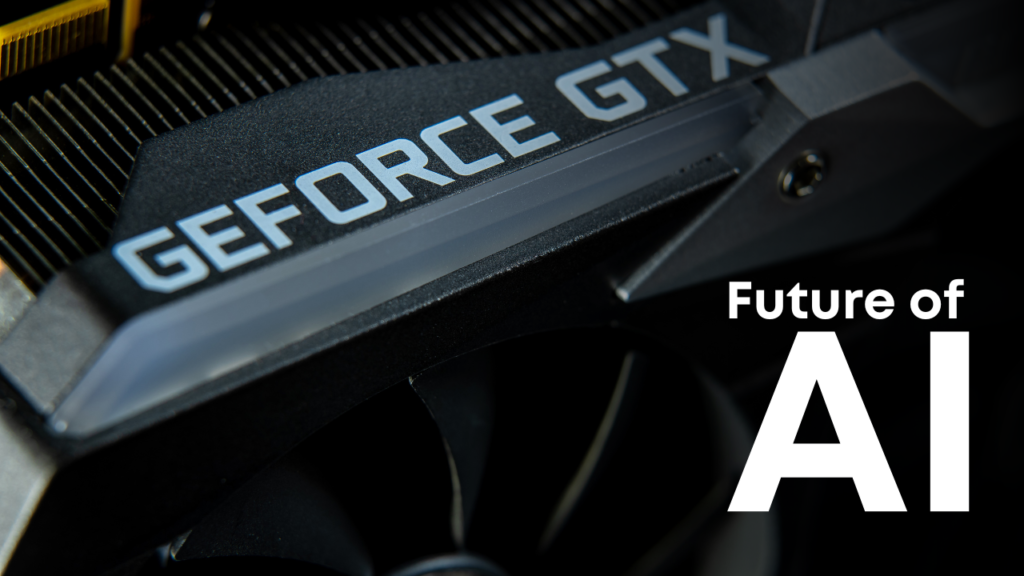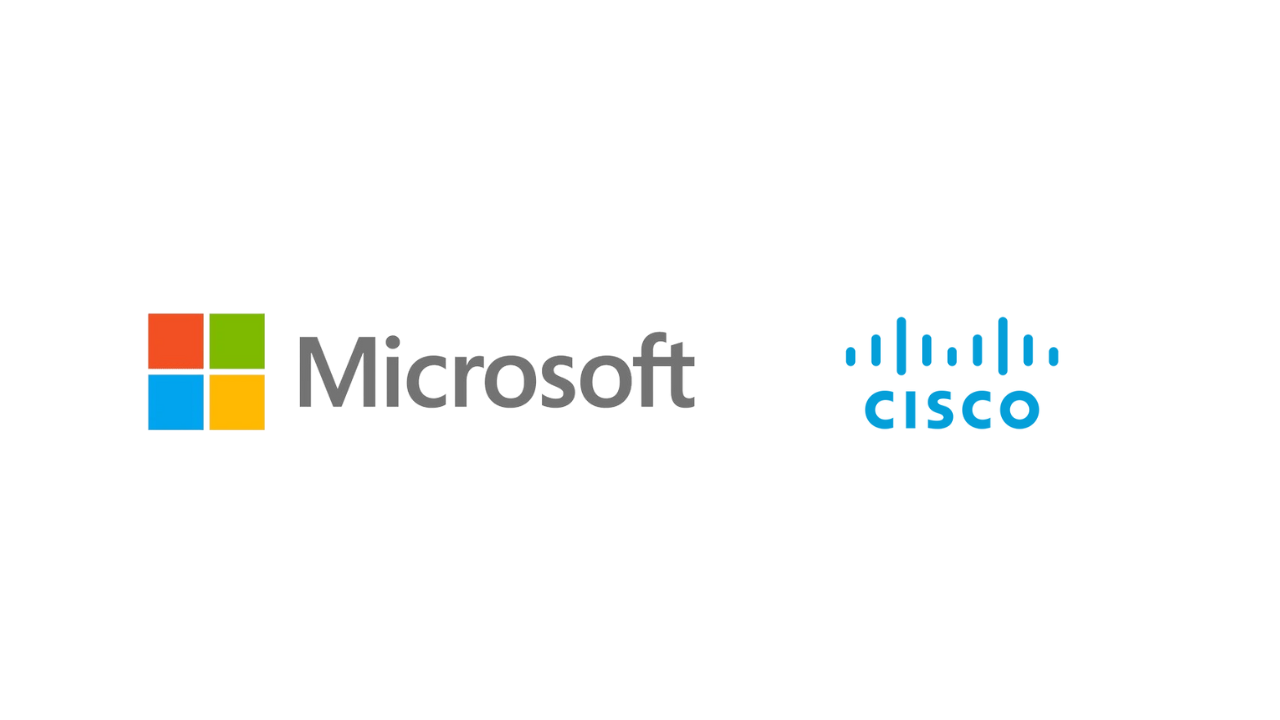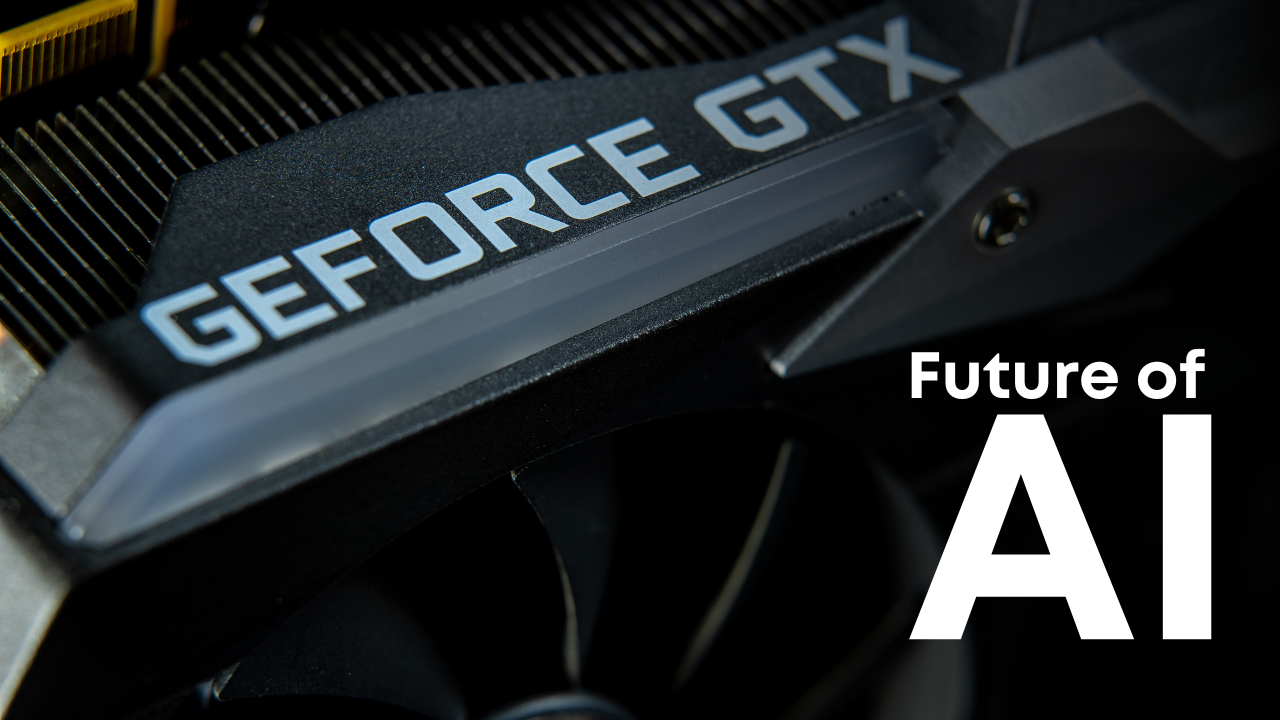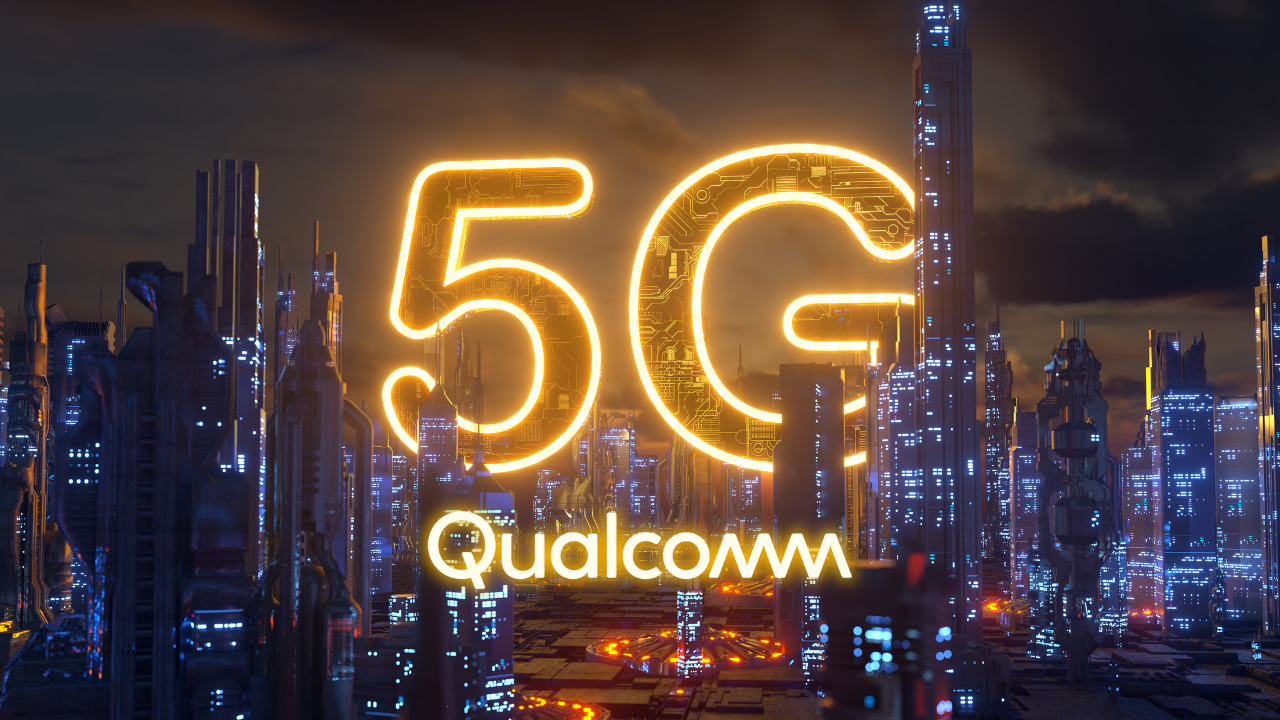
Meta Description: Discover how NVIDIA’s GPUs are shaping the future of AI. Explore their impact on industries like healthcare, autonomous vehicles, robotics, and more.
Slug: nvidia-gpus-shaping-ai-future
NVIDIA has long been synonymous with gaming, but its influence extends far beyond the virtual battlefields and graphics rendering. Founded in 1993, NVIDIA revolutionized the gaming industry by introducing GPUs (Graphics Processing Units) designed for exceptional visual performance. However, as technology evolved, so did NVIDIA’s vision, positioning itself as a leader in artificial intelligence (AI) innovation.
Purpose of the Article
This article delves into how NVIDIA’s GPUs are shaping the future of AI, impacting industries like
healthcare, autonomous vehicles, robotics, and beyond. By exploring NVIDIA’s journey, innovations, and market dominance, we uncover how GPUs are paving the way for AI advancements.
The Evolution of GPUs: From Gaming to AI
Origins of GPUs in Gaming
GPUs were initially engineered to enhance gaming experiences by delivering high-quality graphics and smooth frame rates. Milestones such as the GeForce series solidified NVIDIA’s place in the gaming world. However, the potential of GPUs for parallel computing opened doors to broader applications.
GPUs Enter the AI Landscape
Unlike traditional CPUs, GPUs excel in parallel processing, making them ideal for AI workloads. This ability to process vast amounts of data simultaneously enables tasks like training complex neural networks. GPUs are shaping the future of AI by powering advancements in machine learning and deep learning.
NVIDIA’s GPU Architecture and Innovations
CUDA Platform and Ecosystem
NVIDIA’s CUDA (Compute Unified Device Architecture) platform revolutionized programming by enabling developers to leverage GPU power for AI and scientific computing. CUDA’s role in simplifying complex calculations has made it an industry standard.
Tensor Cores and AI-Specific Innovations
Tensor cores, introduced with NVIDIA’s Volta architecture, are specifically designed for AI tasks. These cores enhance performance in training and inference, making GPUs indispensable in the AI space.
Software Ecosystem: NVIDIA AI and SDKs
NVIDIA provides tools like cuDNN and TensorRT, enabling developers to optimize AI models. This robust software ecosystem ensures that NVIDIA’s GPUs are shaping the future of AI by accelerating innovation.
NVIDIA’s Role in Key AI Applications
Autonomous Vehicles
NVIDIA’s DRIVE platform provides the computational backbone for autonomous vehicles. By processing massive data inputs from sensors and cameras, GPUs enable real-time decision-making, ensuring safer self-driving technology.
Healthcare and Medical Research
From drug discovery to medical imaging, NVIDIA’s GPUs are revolutionizing healthcare. Researchers use GPU-accelerated computing for genomics, AI-powered diagnostics, and personalized medicine, demonstrating how GPUs are shaping the future of AI in critical industries.
Natural Language Processing and Chatbots
NVIDIA’s GPUs play a pivotal role in training large language models like GPT. Their ability to handle vast datasets ensures efficient natural language understanding and conversational AI development.
Robotics and Automation
NVIDIA’s Isaac platform facilitates AI-driven robotics, enabling tasks like navigation, object
recognition, and industrial automation. GPUs empower robots to learn and adapt, transforming industries globally.
GPUs in Data Centers and Cloud AI
High-Performance Computing (HPC)
NVIDIA’s GPUs power some of the world’s fastest supercomputers, supporting breakthroughs in scientific research, climate modeling, and physics simulations. Their role in HPC underscores how GPUs are shaping the future of AI on a massive scale.
Cloud AI Platforms and Partnerships
Major cloud providers like AWS, Microsoft Azure, and Google Cloud integrate NVIDIA GPUs into their infrastructure. These partnerships democratize AI by providing accessible, scalable GPU resources to businesses and researchers.
NVIDIA and the Metaverse
Omniverse Platform
NVIDIA’s Omniverse enables collaborative 3D design and simulation. By leveraging GPUs, it supports real-time rendering and AI-driven automation, key components of the emerging metaverse.
AI-Driven Metaverse Experiences
GPUs power immersive metaverse environments, enabling digital twins, virtual reality, and augmented reality. NVIDIA’s innovations ensure that GPUs are shaping the future of AI in virtual worlds.
Economic Impact and Market Share
Dominance in the GPU Market
NVIDIA’s market share dwarfs competitors like AMD and Intel. Revenue growth from AI-focused sectors highlights how GPUs are shaping the future of AI and transforming the semiconductor industry.
Impact on the Semiconductor Industry
NVIDIA’s influence extends to chip design and manufacturing, driving innovation across the semiconductor landscape. Collaborations with chipmakers strengthen its leadership position.
Sustainability and Energy Efficiency
Challenges of Energy-Intensive GPUs
GPUs’ high energy demands pose environmental challenges. As data centers grow, addressing energy consumption becomes critical.
NVIDIA’s Green Initiatives
NVIDIA focuses on creating energy-efficient GPUs and supporting sustainable AI practices. Initiatives like low-power architectures demonstrate a commitment to reducing environmental impact while ensuring GPUs are shaping the future of AI responsibly.
Challenges and Competition
Rising Competition in AI Hardware
Rival companies like AMD, Intel, and startups developing AI-specific chips challenge NVIDIA’s dominance. However, NVIDIA’s continuous innovation keeps it ahead.
Ethical and Societal Concerns
The widespread adoption of AI raises ethical questions about biases and misuse. NVIDIA recognizes the need to balance innovation with responsible practices.
Future Outlook for NVIDIA and AI
Emerging Trends in AI Hardware
Next-generation GPUs and AI accelerators promise even greater efficiency. NVIDIA is also exploring quantum computing integrations to push boundaries further.
NVIDIA’s Vision for the Future
NVIDIA envisions GPUs as central to advancements in AI, from autonomous systems to virtual worlds. Its ongoing innovations ensure that GPUs are shaping the future of AI for decades to come.
Conclusion
NVIDIA’s journey from gaming to AI dominance showcases the transformative power of GPUs. Their applications across industries highlight how GPUs are shaping the future of AI.
As NVIDIA continues to innovate, its GPUs will remain at the forefront of technological progress, influencing industries and shaping the future of AI and beyond.










